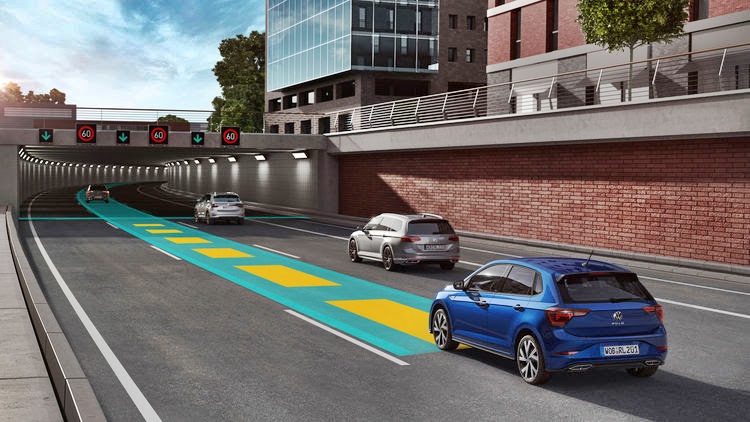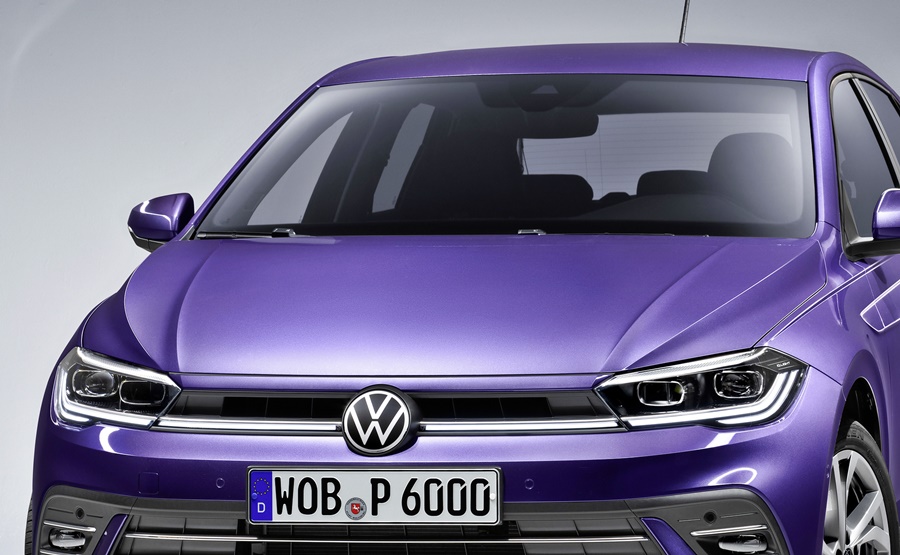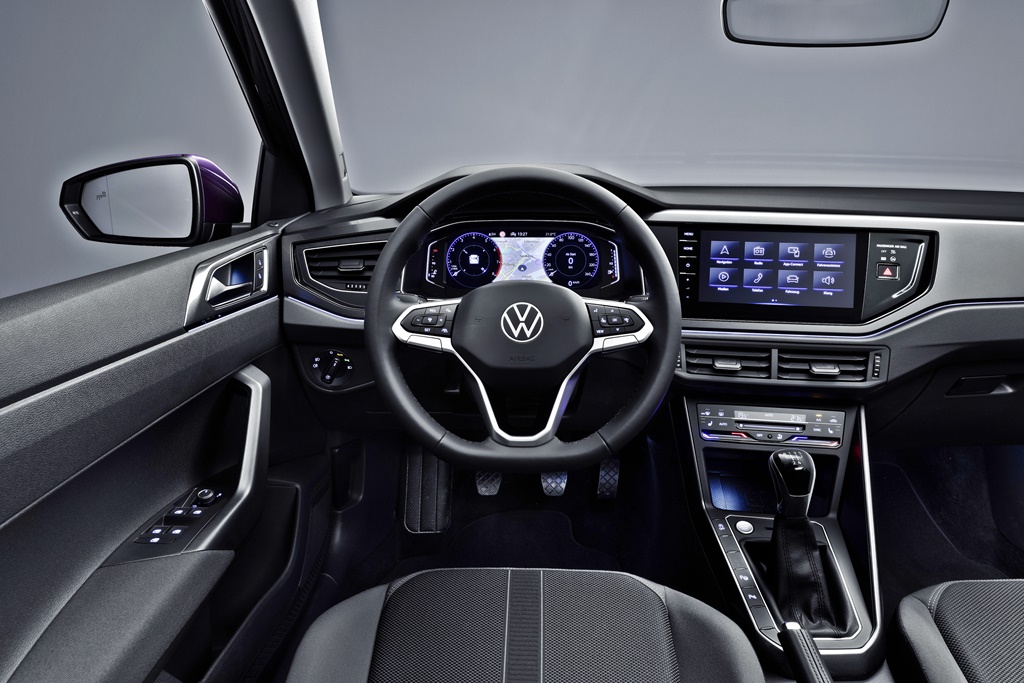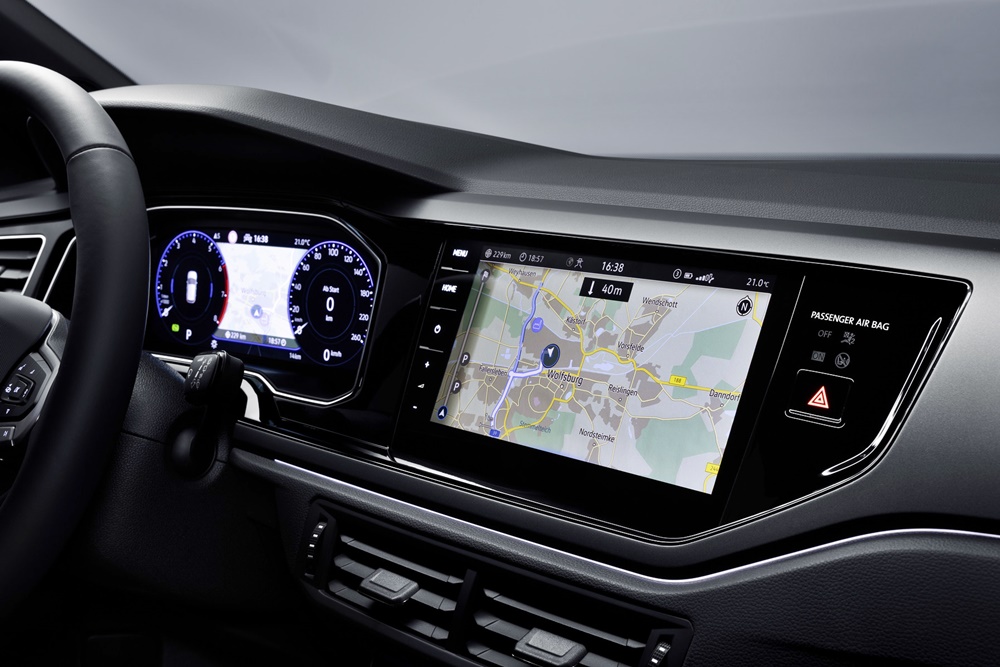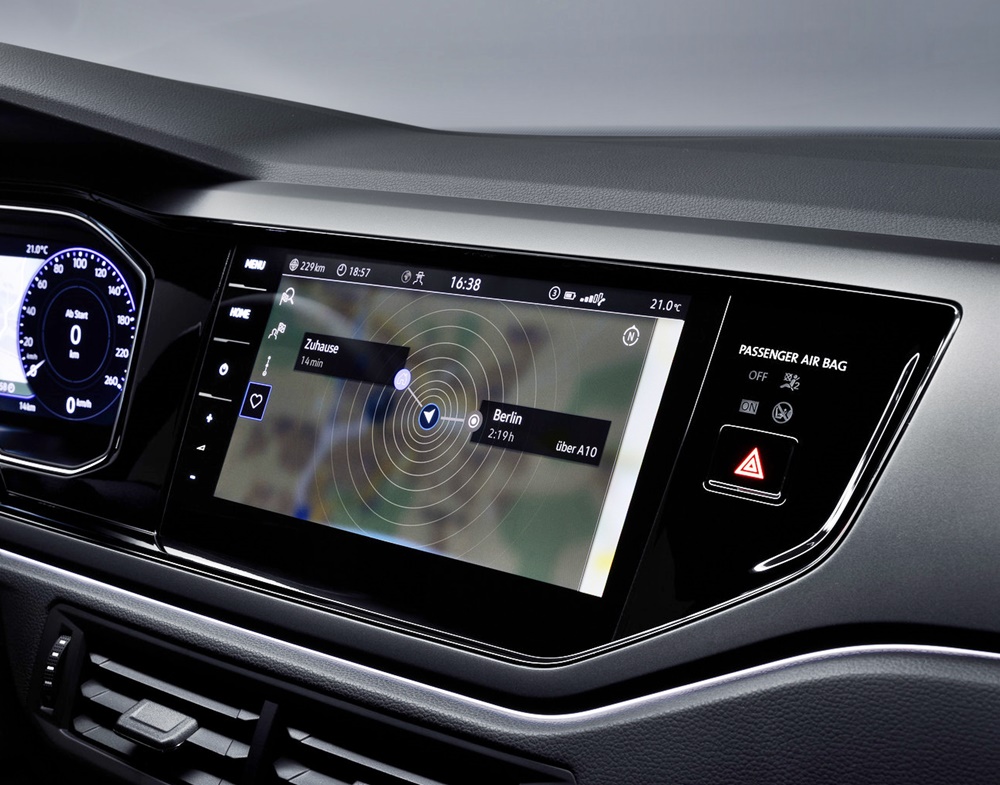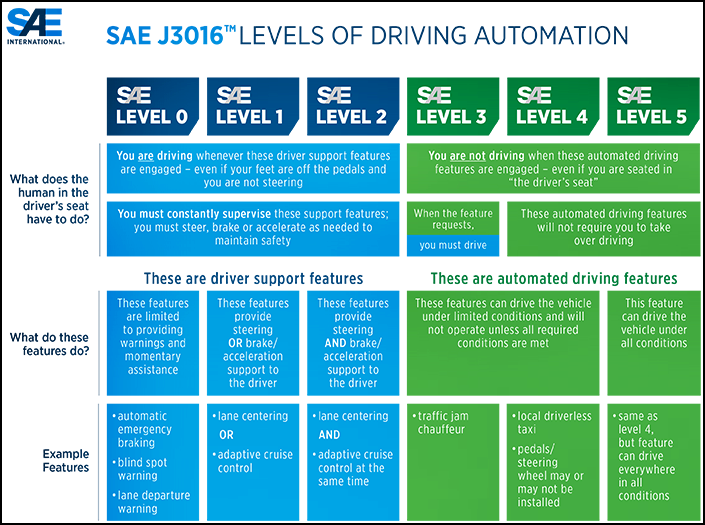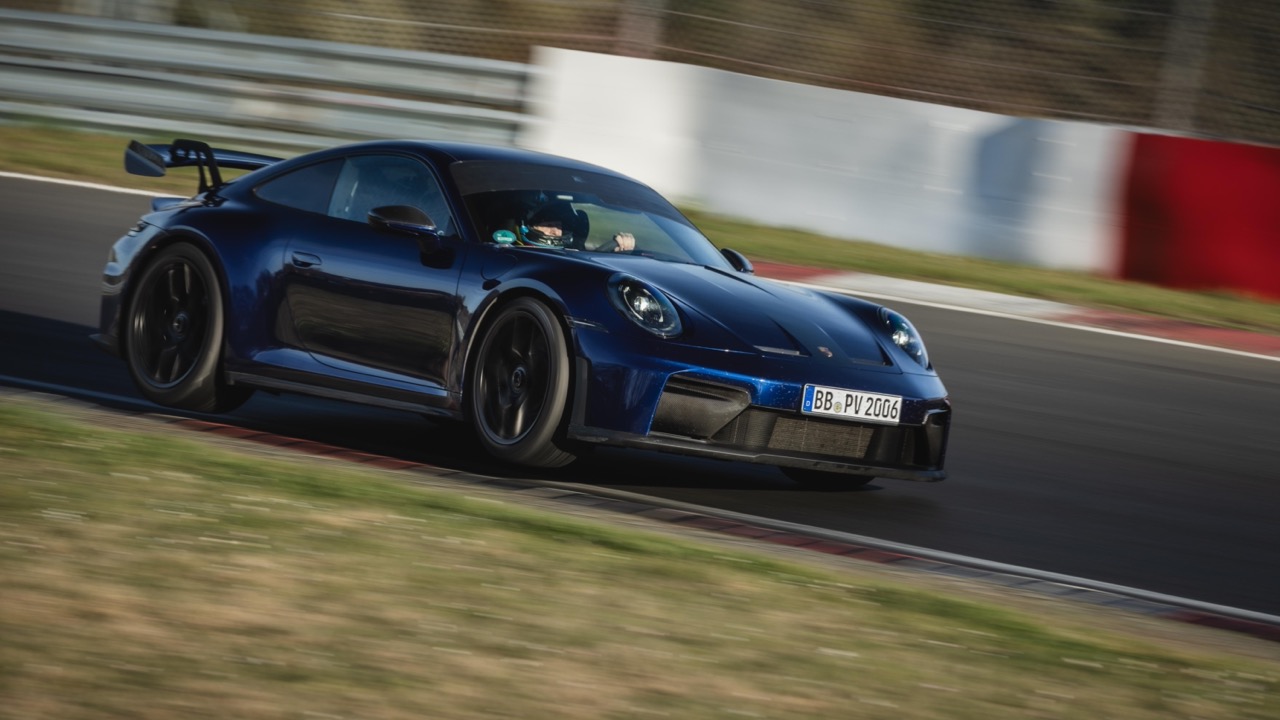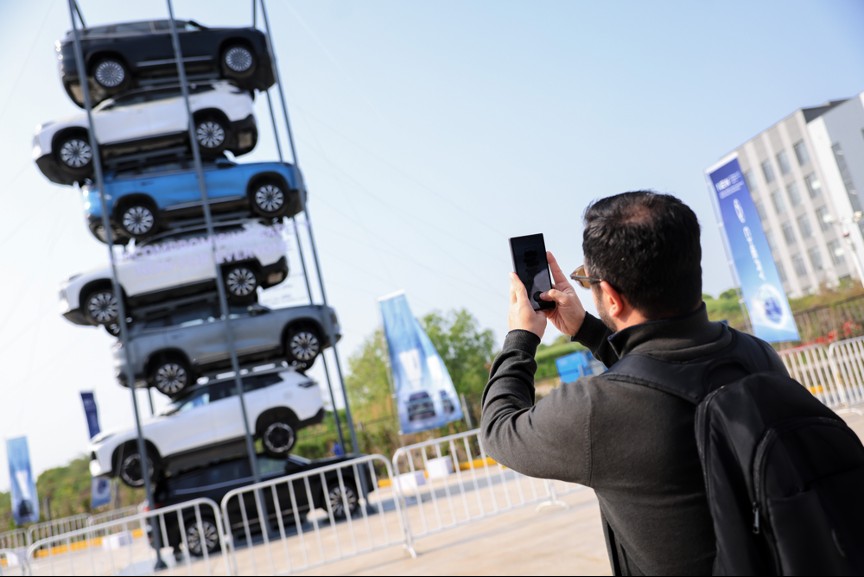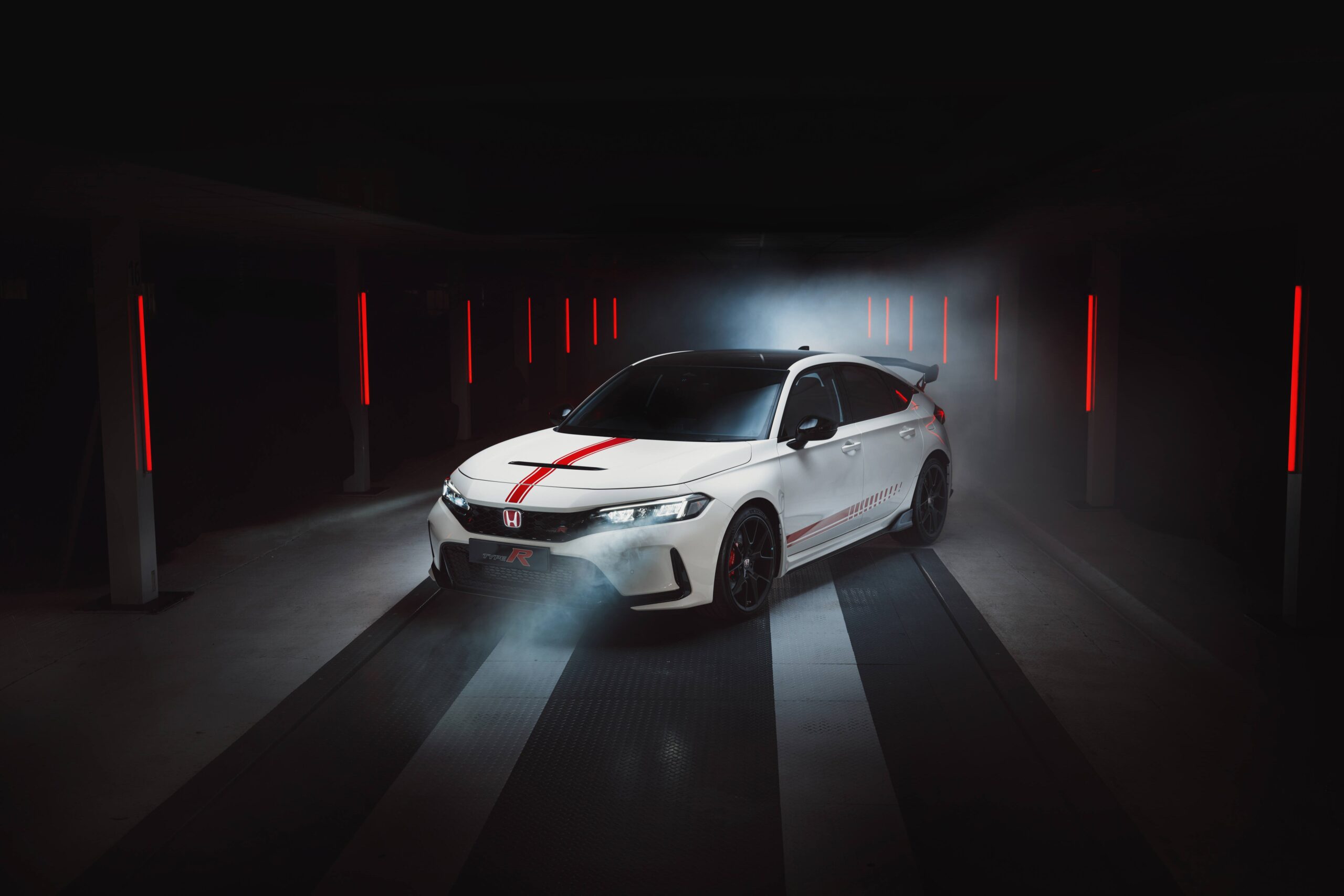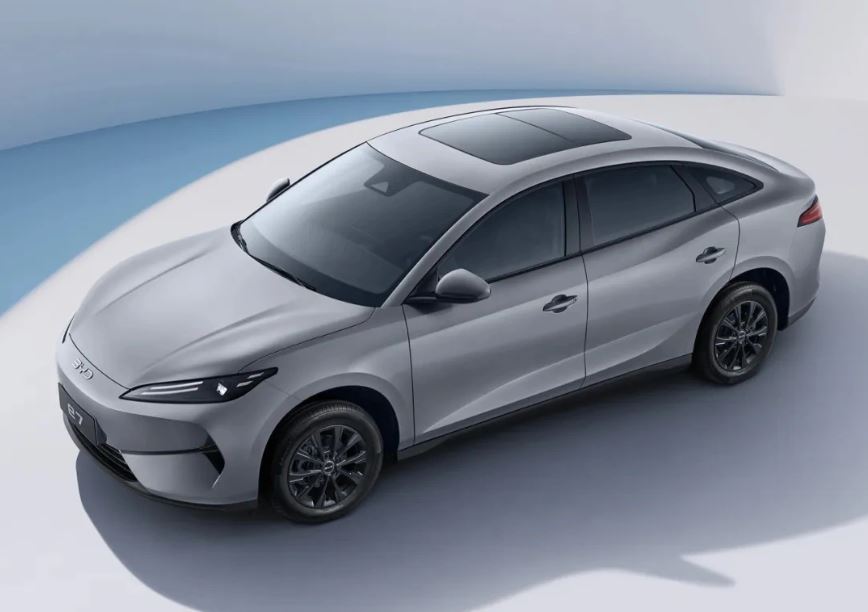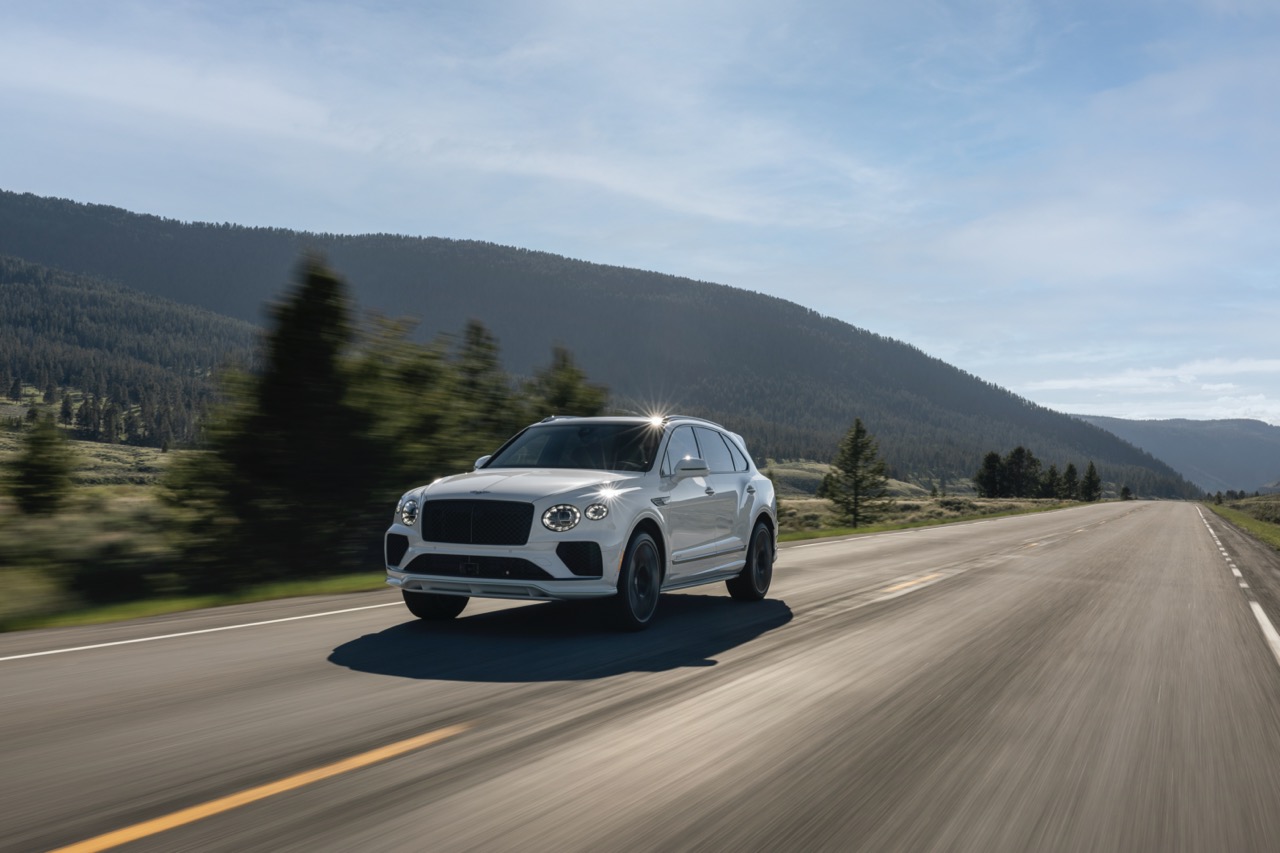Fully autonomous cars are still many years away but the industry is slowly equipping some of the new models with the capability to operate autonomously, both to reduce driving fatigue as well as to improve motoring safety in general.
The upcoming Volkswagen Polo is one of the world’s first small cars that will be capable of partly automated driving. With the optional IQ.DRIVE Travel Assist, the hatchback will be able to steer, brake and accelerate automatically on request. This is made possible by. Volkswagen is consolidating its systems on the road to automated driving under the IQ.DRIVE umbrella brand.
These technologies have up to now only been available in larger models such as the Golf, Tiguan, Passat, Arteon and Touareg. As a first in its class, the Polo now also permits partly automated driving across the entire speed range.
What is IQ.Drive Travel Assist?
IQ.DRIVE Travel Assist is an extremely easy-to-use system, with operation not much different from current cars where activation can be done using buttons and switches on the steering wheel. In the case of the new Polo, the multifunction steering wheel has a separate button for the smart assist system.
When activated, the car assumes partly automated lateral and longitudinal guidance. The system is based on the fusion of Adaptive Cruise Control (ACC) and adaptive lane guidance, combining for lateral and longitudinal guidance.
ACC is already common in many cars, maintaining a safe gap with any vehicle ahead even when a cruising speed has been set. The speed will be adjusted accordingly and the set speed will be resumed once there is no vehicle ahead, as monitored by a radar.
Additional autonomy
In the Polo, there is also a predictive – forward-looking – ACC system in combination with the navigation system and dual-clutch gearbox (DSG). Among other things, this will allow the vehicle to react to bends or town boundaries and reduce speed. Additionally, a camera-based Dynamic Road Sign Display helps the Polo computer to ‘know’ how fast it can travel legally.
The lane keeping system known as Lane Assist scans the area in front of the Polo using the same camera in the windscreen as the Dynamic Road Sign Display system. The camera detects the lane markings and steers correctively as soon as any unintentional movement out of the lane is detected.
If IQ.DRIVE Travel Assist is active, the predictive ACC and adaptive lane guidance work together as described. In other words, the Polo brakes, accelerates and steers automatically within the system limits. However, the driver must keep their hands on the steering wheel, as they are always responsible for judging the traffic situation and controlling vehicle behaviour. The driver signals this preparedness via the capacitive surfaces of the steering wheel rim, which respond to touch.
With the manual 5-speed and 6-speed gearboxes, IQ.DRIVE Travel Assist can be used from a speed of 30 km/h to the maximum speed of 210 km/h. If the Polo is fitted with a 7-gear dual clutch gearbox (DSG), the assist system is available from the moment the car starts moving.
With IQ.DRIVE Travel Assist and DSG, it is therefore possible to drive with assistance and thus more comfortably in stop-and-go traffic jam situations. Those who prefer to be more involved in their motoring can keep IQ.DRIVE Travel Assist switched off. However, partly automated assist systems relieve the strain on drivers, especially on long journeys.
The autonomous road ahead
Based on the industry-accepted classifications that have 6 levels (from 0 to 5), IQ.DRIVE Travel Assist meets the requirements of Level 2 partly automated driving by taking over both lateral and longitudinal guidance at the same time. Taking into account the legal situation and with respect to safety, Level 2 is considered the most suitable at this time.
For safety reasons, the driver must still continuously monitor the system. Only when this is no longer necessary does the more highly automated Level 3 start and that will be a major leap forward. Still, in Level 3, the driver must be potentially prepared to take control when necessary. Over time, the higher levels will become available, reducing driver involvement to the point where only the destination just needs to be set and the car will operate by itself from start to finish.
Autonomous vehicles will not be suitable globally for some time as it will depend on local regulations as well as the ability of the road network to allow such vehicles to operate safely. Even now, autonomous vehicles are allowed to operate only on specific sections of highways in most countries.



